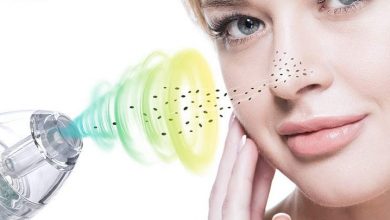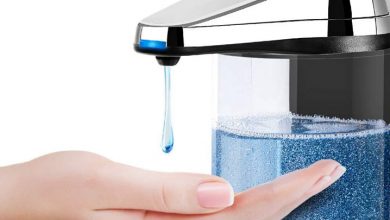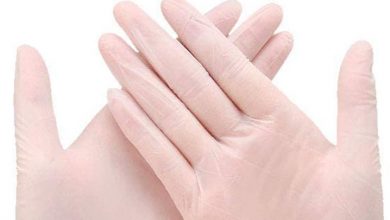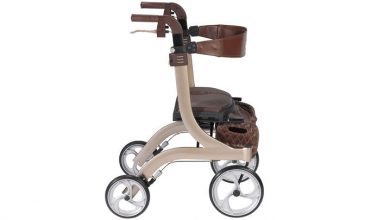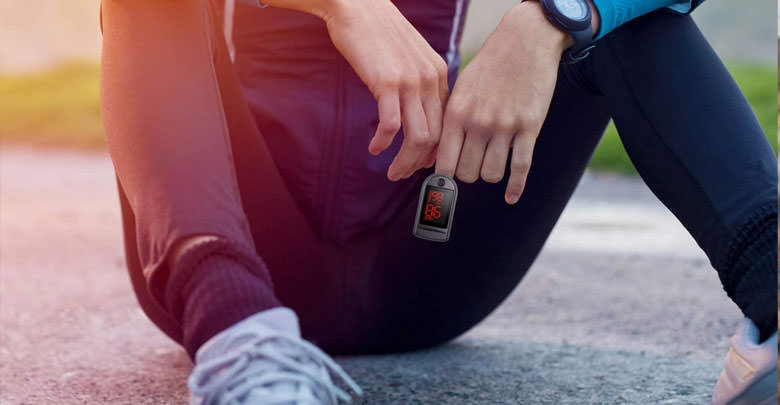
The oximeter, or ” pulse oximeter,” is a small medical device used to measure the degree of saturation in the blood. Saturation refers to the amount of oxygen present in the blood.
It is a non-invasive tool used in hospitals, clinics, and rest homes. Still, it can also be easily used at home whenever there is a need to monitor the saturation value for problems or pathologies related to oxygenation levels, such as lung disease (including chronic), bronchial asthma, or heart disease.
And yes, it can also help measure any effects of Coronavirus – Covid-19 (more on that below). In full health conditions, it can be used to control the level of oxygen in the blood in case of training, for example, in the mountains or for simple mountain excursions.
Why use the Oximeter?
By instantly assessing the oxygen level in the blood, the oximeter can help prevent respiratory diseases and their aggravation.
On the display of this device, you can view some data such as, for example, the degree of saturation, the heart rate, and the trend and intensity of the heartbeat that help to assess the person’s respiratory function by monitoring in real-time the worsening or not of chronic diseases such as bronchitis, asthma, pneumonia, caused or not by external pollutants such as smoke or environmental pollution.
Some models allow you to archive data to compare it occasionally and have an instant overview of the patient’s health trend.
Pulse oximeter: How does it work?
The pulse oximeter’s operation principle is simple: a probe measures, and the result is displayed through a small calculation unit with a built-in display.
When we talk about a probe, we refer to a clamp containing two diodes and a photocell that receives the light emitted. The oxygen in the blood is thus measured because the bound hemoglobin absorbs light only at certain wavelengths.
The difference between the diodes’ red and infrared light will respectively mean the difference between the non-oxygen bound hemoglobin and the bound hemoglobin, which absorbs mainly infrared light.
The device’s tweezers are applied to the end of the finger, earlobe, or the wrist, which are all non-invasive areas that are useful for this measurement. No strings, then! And no contraindications.
Pulse oximeter: How is it used?
The pulse oximeter is an instrument that can be used easily, even at home, and no special precautions are required in this regard. Measuring the oxygen level is much simpler and more practical than measuring the pressure, which requires some extra care.
Then, check that the instrument is on and, if not, proceed with the ignition, position the probe where required (wrist, lobe, or finger), start, and wait for the measurement shown on display.
Pulse oximeter values
The results shown on the real-time display can be read in this way:
- Values above 96% up to 100% are considered normal.
- Values between 95% and 93% may indicate a partial absence of oxygen.
- Values between 92% and 90% indicate an oxygenation level that is starting to be insufficient.
- Values below 90% indicate a serious deficiency situation.
Some people with chronic diseases normally have oxygenation values below 90%.
Features and Accessories
Since the oximeter is often used by elderly and/or sick people, before purchasing, it is also good to evaluate features that may affect the comprehensibility and use of the product: the easier it is to read, the easier it will be to understand.
Evaluating the screen’s resolution level, size, lighting, and colors is important. For example, those with vision problems can opt for a larger and well-lit screen: if it is also equipped with different colors to show the different data, it will be more readable and understandable.
In addition to appearance, other factors can influence the purchase because they make it easier or more difficult to use. For example, not all models allow you to store measurement data: those who need to compare them will need models with extended memory.
Some models also allow continuous measurements over 24 hours, but are only recommended for those suffering from diseases that must be constantly monitored. On the other hand, some accessory features may be Bluetooth and the ability to connect the product to a PC to download data.
Pulse oximeter and COVID-19
Not just masks! More and more often, we hear about oximeter/pulse oximeter, associating it with Coronavirus: this happens because, as is known, the virus affects the normal course of the respiratory system, causing in some cases a severe form of interstitial pneumonia. Through saturation, it is possible to monitor the blood level to promptly identify the appearance of any dyspnea, such as a strong difficulty in breathing.
Since there are different forms of respiratory failure, dyspnea is one of the most serious in this sense. With the oximeter, it is also possible to check for a possible early reduction in oxygen level in the blood before this leads to something more serious.
It is certainly not as reliable as the swab test, nor does it tell us anything about the causes of any respiratory insufficiency. However, in an emergency, it is still an extra weapon, especially useful for reassuring oneself in the event of normal values.
>>> Where to buy a pulse oximeter?
Warning: In a full Coronavirus emergency, online pulse oximeters’ availability is scarce, and prices can be higher than usual.
